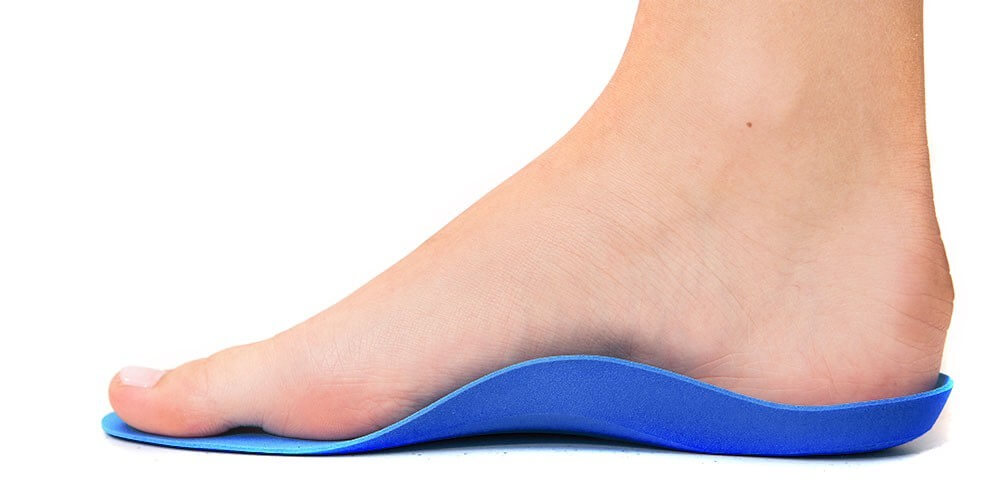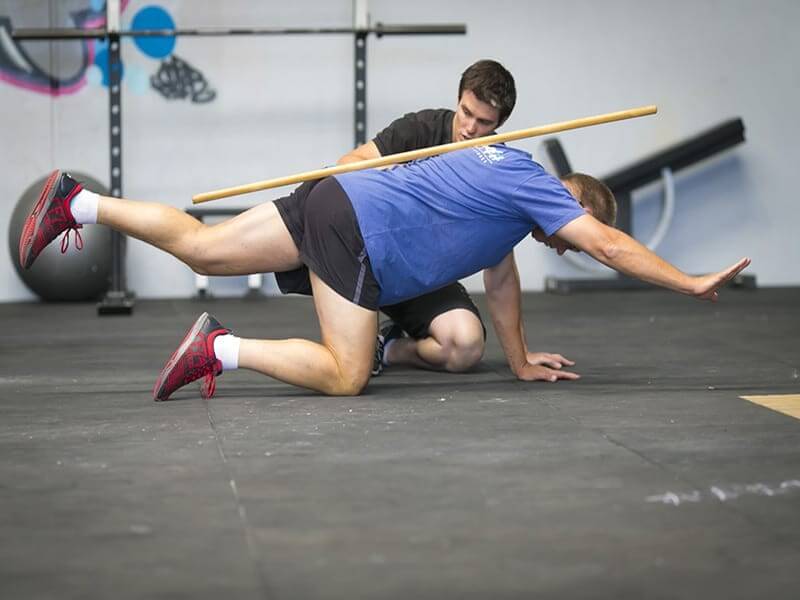
What is Dry Needling?
Dry needling is the insertion of sterile single use acupuncture needles directly into myofascial (muscular) trigger points. Trigger points are composed of multiple tight contraction knots within the muscle which cause and contribute to pain within the body. Research studies have shown that inserting such needles into trigger points causes biochemical changes within the body, which help reduce pain.
Is Dry Needling the same as acupuncture?
Although Dry Needling uses the same needles as acupuncture, it is not the same technique. Dry Needling is strictly based upon Western medicine principles of treating myofascial trigger points, which are different to traditional acupuncture points. Physiotherapists using Dry Needling techniques at Physio Tullamore have all undergone specific training, and it is recognised within the scope of physiotherapy.
How does it work?
Pioneering studies by Dr. Jay Shah and colleagues have shown that inserting needles into trigger points cause biomechanical changes which alleviate pain. It is essential to elicit local “twitch” responses within the muscle, which are the first step to breaking the pain cycle and releasing tight trigger points within muscles.
Is it painful?
The initial insertion of the needle does not usually cause any discomfort. The local twitch response can cause a brief painful reaction – some patients describe this as an electric shock or a cramping sensation. It is important to remember that the therapeutic effect only occurs by eliciting the twitch response and, therefore, it is the desirable reaction.
Are the needles sterile?
Yes we only use sterile, single use, disposable needles.
Are there any side effects/How quickly will it work?
It is common to feel some soreness post treatment as with many manual therapy techniques, however, once this has subsided there should be an improvement in the initial symptoms. It may take several sessions to resolve the symptoms fully as the biochemical and mechanical changes occur. Typically soreness can last anywhere between 1 hour and 2 days post treatment.
What can I do after the treatment?
You may be advised to use heat or ice over the area after Dry Needling to help alleviate post treatment soreness and there may need to be a temporary modification in exercise or activity for a day or 2 afterwards. Dry Needling is just one part of your treatment and other manual physiotherapy techniques will also be used as appropriate to gain the best results. You will be advised on the correct exercises to perform in conjunction with your treatment and these will be progressed with time to complete your rehabilitation.
Once I am better do I need to come back?
Our muscular system is always under pressure due to the daily stresses of work, activity etc. Regular exercise and good posture will help to avoid recurrences, however, if pain does start to return it may be beneficial to attend for an occasional “maintenance” session to prevent a flare up of symptoms.
Which conditions can be treated with Dry Needling?
Dry needling can be used to treat a variety of musculoskeletal problems. Examples of conditions which can be treated successfully with dry needling are:
- Back and neck pain, including postural problems and tension
- Pelvic pain (chronic and acute)
- Arm pain (shoulder impingements, tennis or golfer’s elbow)
- Headaches
- Buttock and leg pain (including sciatic pain)
- Hamstring strains
- Knee pain
- Calf tightness or cramps


